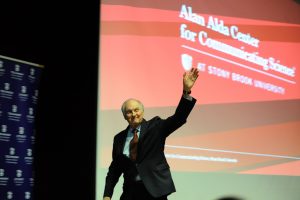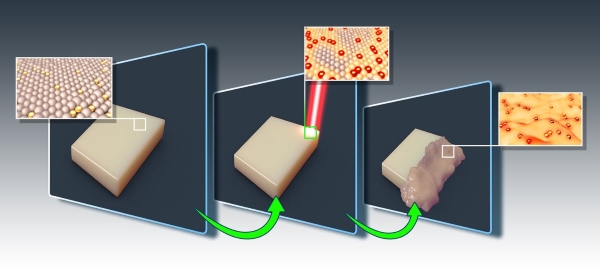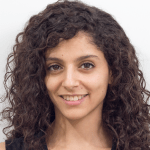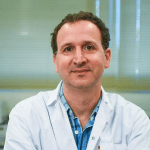Technion Presents: “Science at the Bar” To Mark International Women’s Day
Eight Haifa bars will host leading Technion researchers on Tuesday, March 20, 2018 at 20:00
Flexible aircrafts, artificial intelligence, human-machine interfaces, computer vision, urban planning as an instrument for social change, communication between bacteria, innovative diagnostic methods, and a new look at chemistry studies: eight female researchers from Technion will hold scientific lectures on various topics at eight bars in Haifa, marking International Women’s Day. The lectures, all of which will begin at 20:00, will introduce their audiences to some of the research conducted by female researchers from various faculties at Technion.
Syncopa – Prof. Daniella Raveh of the Faculty of Aerospace Engineering: “Flexible Planes.” Prof. Raveh studies aeroelasticity in aircrafts using advanced computational tools, and other topics related to aircraft design. In her lecture, she will talk about unmanned aircrafts cruising at the edge of the atmosphere; designing lighter, more flexible, and efficient planes; and engineering methods for coping with the challenges posed by elasticity.
Eli’s – Dr. Ofra Amir of the Davidson Faculty of Industrial Engineering and Management: “People from Mars and Computers from Venus.” Dr. Amir focuses on the connection between artificial intelligence and human-computer interfaces and develops smart systems that support people, in fields including education and health. In her lecture, she will talk about misunderstandings between computers and people, the gap between the tremendous progress in artificial intelligence and Big Data and the fact that computers still do not understand basic human needs, and the possibility of developing computers that will understand us better.
Moonshiner’s – Dr. Meirav Aharon of the Faculty of Architecture and Town Planning: “Urban Planning as an (Effective) Instrument for Social Change.” Dr. Aharon explores the connection between society and planning, and one of her recent studies dealt with the influence of the IDF’s “City of Training Bases” on the town of Yeruham and the surrounding area. In her lecture, she will discuss civil disobedience, expressed in economic journalist, on the subject of urban planning. She will present the background of that disobedience, the change she seeks to bring about, and what happens when burning social issues meet urban planning.
Nola Socks – Dr. Naama Geva-Zatorsky of the Rappaport Faculty of Medicine: “Communication between Intestinal Bacteria and the Human Body.” Dr. Geva-Zatorsky will discuss the microbiome – the intestinal bacteria in a living organism – and talk about an innovative technology she developed, which enables real-time monitoring of the microbiome in order to better understand communication between these bacteria and the physiology of the host organism.
Brown – Dr. Shirly Avargil of the Faculty of Education in Science and Technology: “Thinking Chemistry and About Chemistry.” Dr. Avargil will talk about thinking and learning, meaningful learning in the sciences in general and chemistry in particular, and why we forget what we learned last year and even what we learned for the most recent exam.
Libira – Prof. Miriam Zacksenhouse of the Faculty of Mechanical Engineering: “Machine-Brain Interfaces: The Brain behind the Interface.” Prof. Zacksenhouse deals with brain-computer interfaces that enable a direct communication channel between the brain and the external world, so that a cursor can be moved on the computer screen and a robot or prosthesis can be moved without engaging the body. Non-invasive commercial systems already enable communication for the disabled, interfaces for computer games, and remote control. What principles are they based on? Do they read thoughts?
Ha-Be’er – Prof. Esti Segal of the Faculty of Biotechnology and Food Engineering: “Bacteria, Microchips, and Everything In Between.” Prof. Segal is involved in several fields of research, including innovative cancer treatments, rapid and inexpensive methods for medical diagnosis, and the development of technologies that extend the shelf life of food products. In her lecture, she will talk about technologies she is developing for quick diagnosis of bacterial resistance to antibiotics, in light of the World Health Organization’s forecast that antibiotic resistance will claim about 10 million victims a year by 2050. The technologies developed by Prof. Segal are based on the growth of microbes on tiny silicon chips, which enable optimal adaptation of an antibiotic to a patient.
After Dark – Prof. Lihi Zelnik-Manor of the Viterbi Faculty of Electrical Engineering: “How Do You Create Virtual Worlds that Feel Real?” The integration of virtual reality into our lives is around the corner, and Prof. Zelnik-Manor will discuss some of the technologies used to create virtual reality that feels real.
The event is sponsored by Prof. Ayellet Tal, Advisor to the Technion President on the Advancement of Women in Science and Engineering.
Reservations are recommended.
Click here for a list of lectures


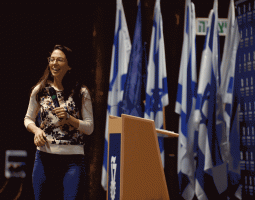
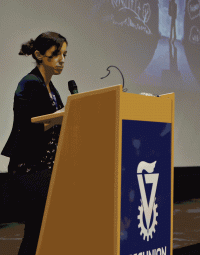



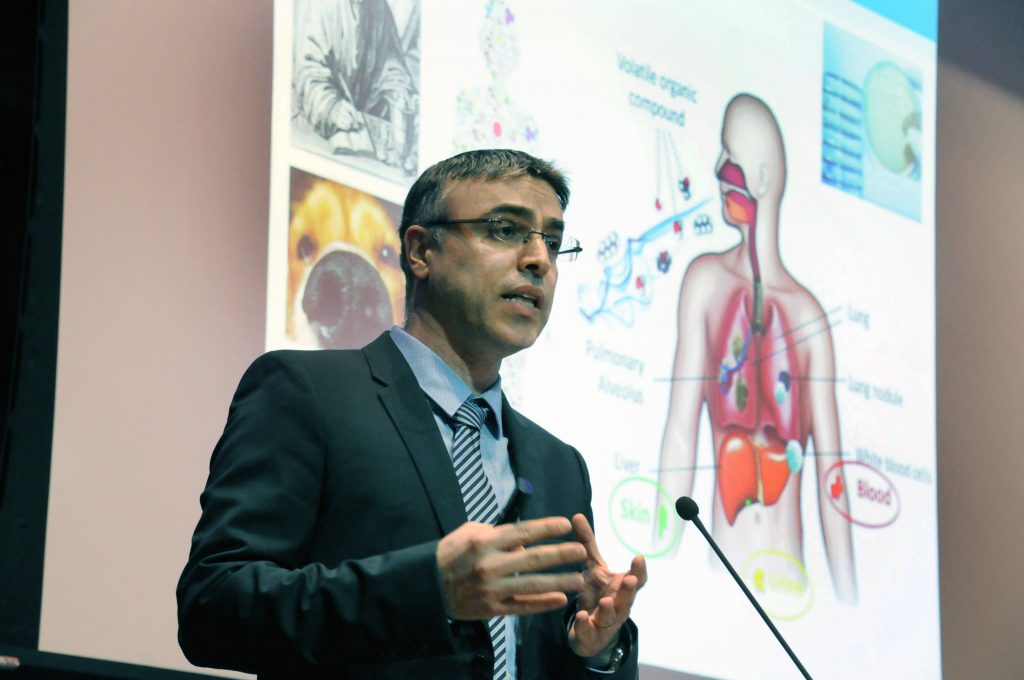
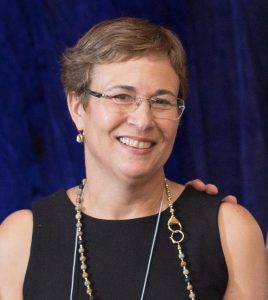
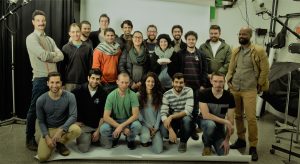 Technion students designed a construction to help simulate human life on Mars as part of a unique course held at Technion’s Faculty of Architecture and Town Planning, led by architects Moshe Zagai and Alon Shikar. The building, named HAB01, was built in Mitzpeh Ramon at the 13
Technion students designed a construction to help simulate human life on Mars as part of a unique course held at Technion’s Faculty of Architecture and Town Planning, led by architects Moshe Zagai and Alon Shikar. The building, named HAB01, was built in Mitzpeh Ramon at the 13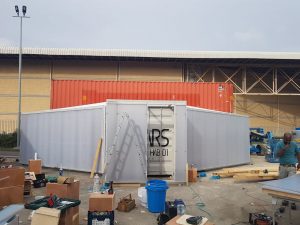 However, conditions on Mars are not friendly to humans: remarkably low temperatures (around 60 degrees below zero), strong ultraviolet radiation, and an atmosphere low in oxygen. These require serious preparation and a thorough understanding of the potential future living conditions on Mars.
However, conditions on Mars are not friendly to humans: remarkably low temperatures (around 60 degrees below zero), strong ultraviolet radiation, and an atmosphere low in oxygen. These require serious preparation and a thorough understanding of the potential future living conditions on Mars.
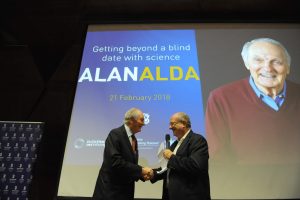
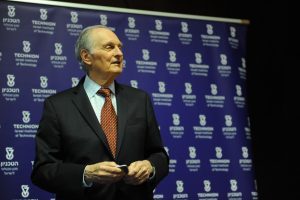 Alda visited Technion as part of the Science Communication Workshop, which he, together with instructors from the Alan Alda Center for Communicating Science at Stony Brook University, delivered to researchers who are members of The Zuckerman STEM Leadership Program founded by Mort Zuckerman. The program promotes joint research by doctoral and postdoctoral researchers in the United States and Israel through scholarships and educational initiatives in the fields of science, technology, engineering and mathematics.
Alda visited Technion as part of the Science Communication Workshop, which he, together with instructors from the Alan Alda Center for Communicating Science at Stony Brook University, delivered to researchers who are members of The Zuckerman STEM Leadership Program founded by Mort Zuckerman. The program promotes joint research by doctoral and postdoctoral researchers in the United States and Israel through scholarships and educational initiatives in the fields of science, technology, engineering and mathematics.